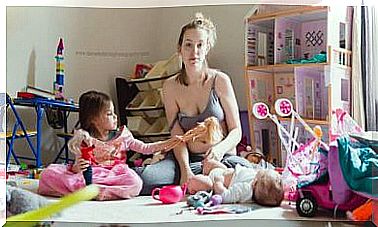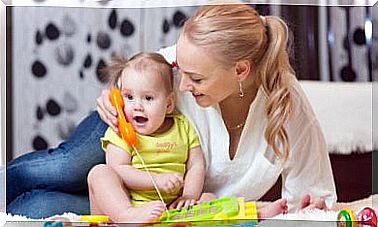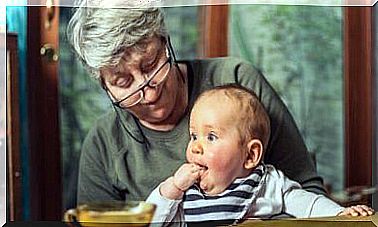Human Caesarean Section – What Is It?
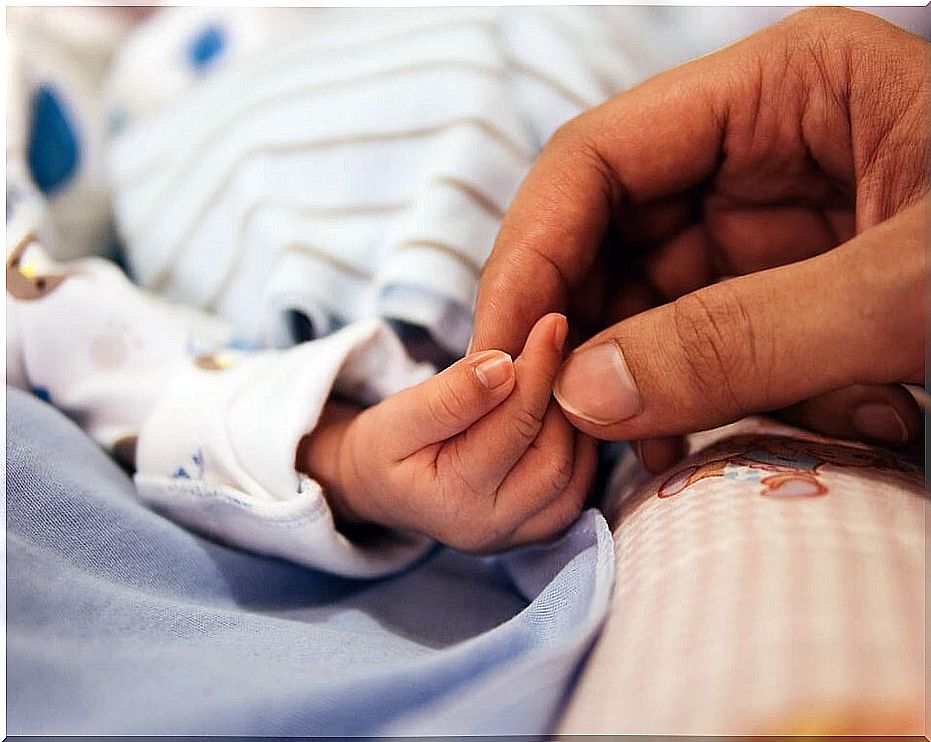
Do you have a caesarean section planned? That doesn’t mean that the magic of meeting your newborn for the first time has to be missing. The keyword is humane caesarean section, which we explain below.
Every birth is a unique and unrepeatable moment: mother and baby finally have the opportunity to meet and, after so many months of waiting, come into contact with skin and hair.
Until recently, mothers were separated from their children by caesarean section. A humane caesarean section enables mother and child to be together.
Every woman wants to enjoy motherhood from birth. And that’s what is allowed in hospitals where this surgical procedure is done humanely.
To ensure the well-being of the woman and the baby, the mother can breastfeed her baby even for half an hour after the birth.
Plan a caesarean section
If you are planning a cesarean section and you don’t care to see your stomach open, you can ask that the curtain be out of the way so that you can enjoy this unforgettable moment.
Ask for less sedation: Many mothers who have their children like this do not remember the moment because of the effects of the anesthesia.
You need to have one arm free from IV fluids so that you can hug your little one (place the child on your chest near your heart) so that they can feel protected. Many countries have been implementing this new practice for several years.
An example of this is the “Human Caesarean Section” program launched in 2016 by the Gynecology and Obstetrics Service of the Infanta Elena de Valdemoro University Hospital in Madrid.
Human caesarean section: It is important that the mother is not alone
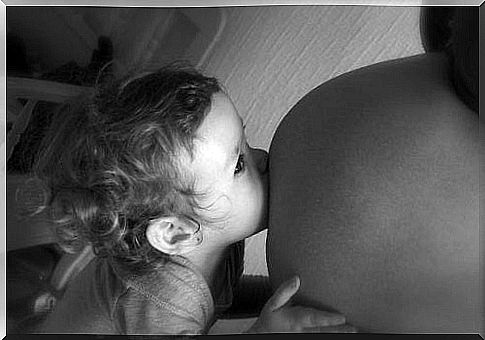
Ideally, the father will witness the birth of his child. However, if that is not possible, a close family member or friend should be allowed to accompany the mother so that she does not feel alone. This will help lower their stress levels.
It has been shown that women who undergo a caesarean section are more likely to suffer from postpartum depression.
The first skin contact with the baby, before cleaning and checking, regulates its temperature and heart rate. They will stop crying when they hear their mother’s voice and feel happy and calm.
The doctor often determines whether a caesarean section should be performed based on the mother’s physical condition. With a planned caesarean section, everything related to childbirth is better organized.
If the obstetrician unexpectedly announces the operation and there is no time to prepare accordingly, action must be taken quickly. A humane caesarean section is still possible in order to make the birth much more gentle.
A legally recognized right

There is a network of women and professionals in Spain. It provides the mothers with audiovisual material and up-to-date scientific articles.
This association is called Delivery Is Our Association. Its aim is to provide psychological and legal support to women after a caesarean section and traumatic childbirth.
What you have a right to:
- To know all the information about the purpose and nature of each measure, its risks and consequences.
- Interventions must be accepted by the woman in labor. The lack of consent is in itself a moral loss for which you can be compensated. It is your right to make decisions about your health and your own body.
- The right to choose the type of treatment can be established in a birth plan. This is presented to the hospital in advance for inclusion in the medical record.
- Although the presence of a companion during labor and delivery is not included in the Charter of Patients’ Rights, the World Health Organization (WHO) is considering this option in the interests of the psychological well-being of the mother (recognized at the Beijing Conference).
- Your rights and those of your baby are anchored in the Declaration of Human Rights and the most recent Basic Law Regulating Patient Autonomy (LBRAP). It grants you rights and obligations in relation to information and clinical documentation.
- Last but not least, the Charter of the Rights of the Child drawn up by the European Parliament (1986) lays down the right to stay with parents as long as possible.
Prepare to get to know your baby quickly; it will undoubtedly be the most beautiful moment of your life.

